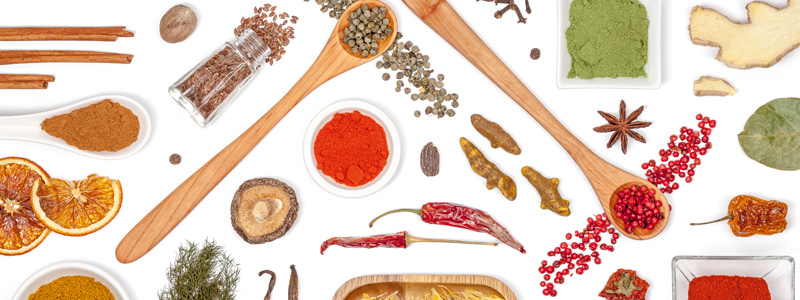It’s happened to all of us. We’re sitting among a group of friends, wining and dining, when the first bottle of wine is ceremoniously opened. With swirling glasses, those around us list off a smorgasbord of complex scents and aromas supposedly wafting from the glass. Earthy dampness with smoke and licorice, leather, and even hints of dark chocolate, vanilla and raspberry jam. Say what? Or ripe asparagus with notes of crisp pear and a clean citrus finish. Who knows what “ripe” asparagus even smells like anyway?
All we’re smelling is a bottle of wine – enough of the analysis, we just want to down that sucker and relax!
Oh these words they are spouting out…
Either our friends are already a little bit tipsy and the bottle was just barely corked, they are all just completely crazy…or not.
The truth of the olfactory matter is that we all smell things differently, simply because we all possess our own memories linked to smell. Our olfactory bulb, or primary sniffing device, has cozy access to the amygdala in the brain, which processes emotion, as well as the hippocampus, which is responsible for associative learning and memory. Thus, our ability to smell is highly linked to the emotional memories we’ve formed. Research has shown that if this area of the brain is damaged, our ability to smell is actually impaired.
In order to identify a scent, we must remember when we first smelled it, subconsciously, and then connect it to visual information that occurred at the same time. For example, our first trip to the swimming pool introduced us to chlorine, which is why we recognize the chemical scent and associate it with dreaded childhood swimming lessons. Furthermore, some studies say that in the presence of an odor we can actually increase the vividness and intensity of that remembered information when we smell that odor again. I suppose this means we should all study while popping a squat at our local bakery, enjoying the aroma of freshly baked bread and cookies. We can’t go wrong with that – it only increases our chances of remembering, right?
Now back to the wine.
If he smells rare meat, she smells oak and blackberries with a hint of spice, and I simply pick up notes of fermented grapes (it is wine, after all), who is right?
The answer is, we’re all right!
Just as we all see things differently, we all identify smells in different ways too. You see purple, I see blue. It may scientifically be the same on the color wheel, but based on our conditioned memories and our brains, we process the information in our own unique way.
Pretty great, right?
Now you can simply kick up your feet and enjoy the wafting memorable aromas that are created for you, and you alone.
Header Image via Shutterstock.com
Having been a lover of fine food her whole life, Ashley Sara DeKam grew up in the gourmet foods industry and developed an intricate and creative palate, as well as a way in the kitchen. The kitchen is her “canvas,” of sorts. She has developed a very intricate and intimate relationship with food, pairing that with a passion for learning the science behind both food and wine. And, she simply loves to write, translating her passions into entertaining expressions and experiences for others.

